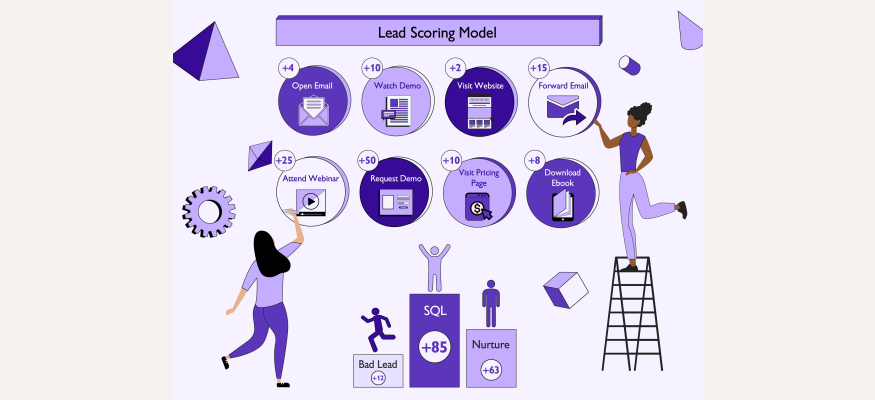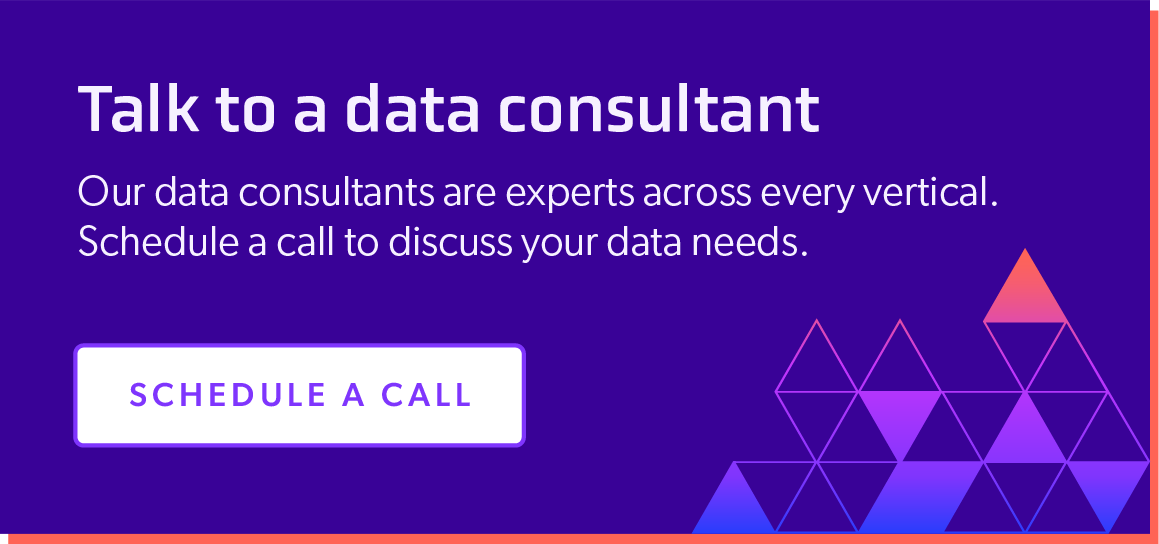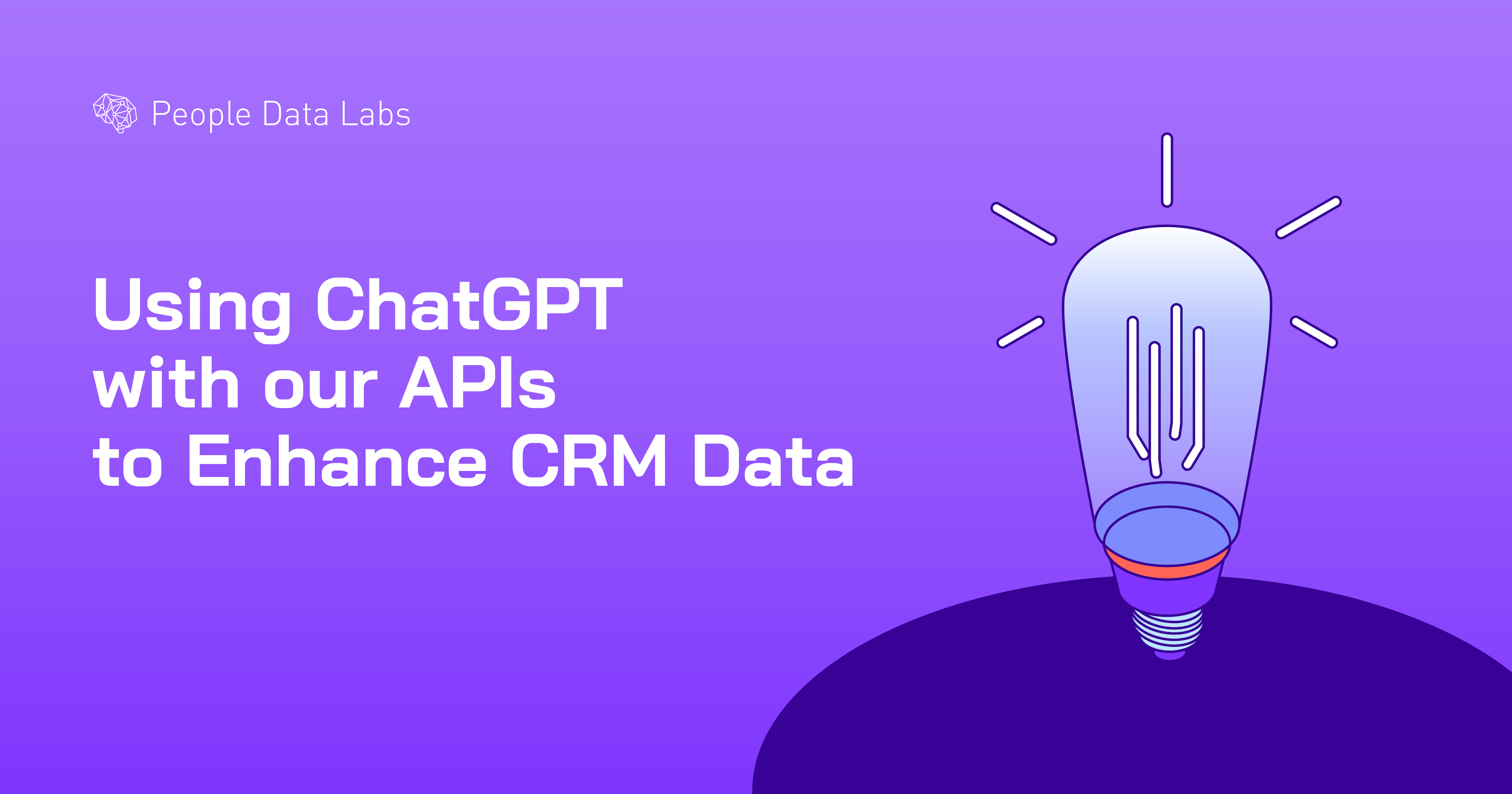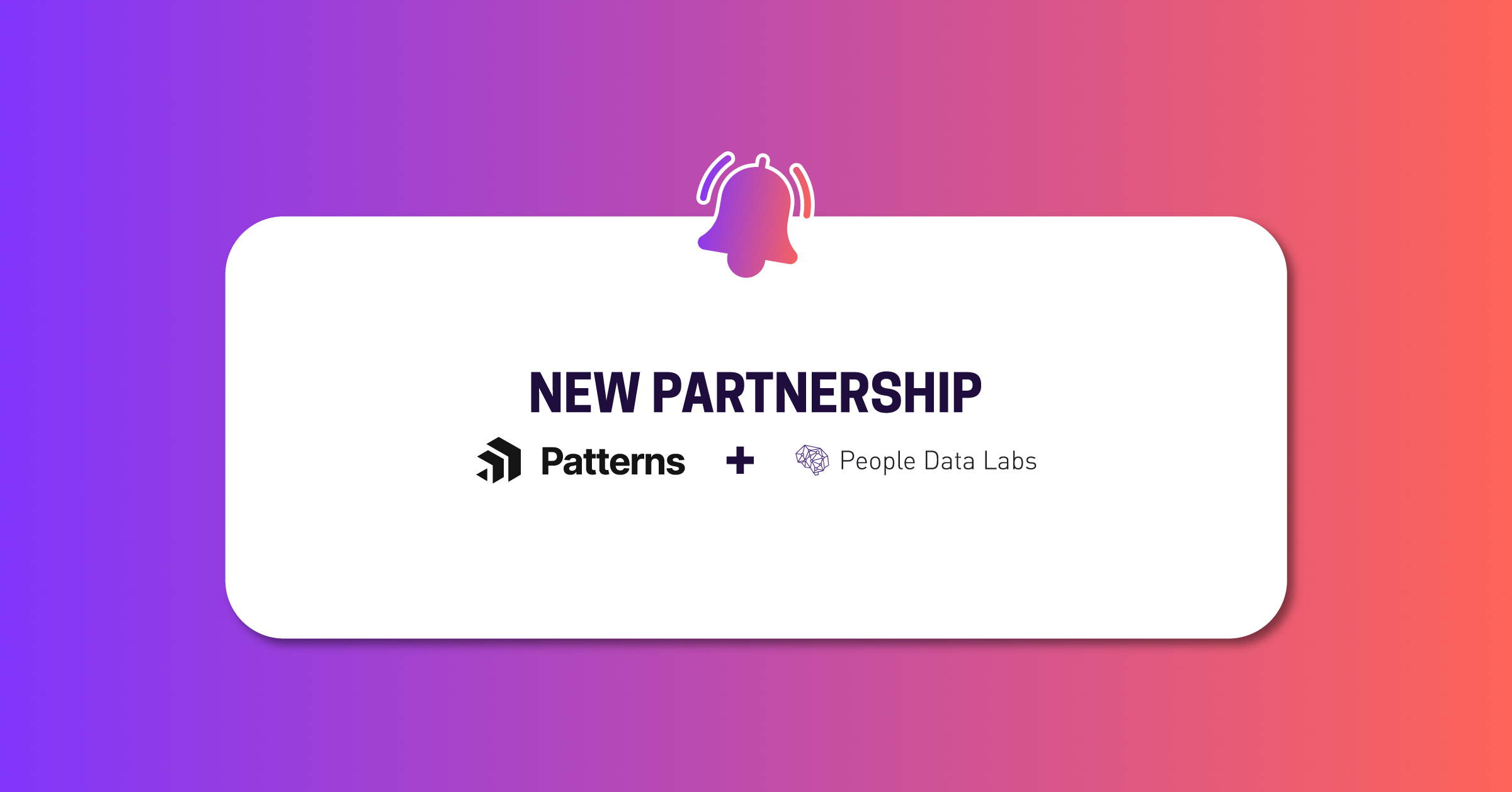
How To Calculate a Lead Score
March 18, 2021
Table Of Contents

Generating a high volume of leads is crucial for every business. However, the process often ends up wasting the time and effort of the sales team as they prospect leads that are not ready to make a purchase.
Lead qualification and lead scoring help you find out at what stage your lead is in the buyer journey, which enables you to tailor your sales and marketing efforts to the right audiences.
Using demographic and behavioral data, lead scoring eliminates the guesswork and makes it possible for you to make data-driven decisions to enhance your growth strategy.
In this article, we are going to cover how lead scoring strengthens your lead generation efforts and empowers your sales and marketing teams. For more detailed information, check out our Ultimate Guide to B2B Lead Scoring.
The Importance of Quality Leads
First, let’s define what a lead actually means.
A lead is a person who has expressed interest in your brand in some way, be it downloading an ebook you wrote or signing up to your email list.
Lead quality refers to the likelihood of a lead becoming a paying customer. The higher the quality of your lead, the closer they are to make a purchase.
Discerning which leads are ready to go through your sales process helps you achieve the following goals:
Improve your conversion rates.
Reduce the workload of your sales team.
Increase your ROI as your leads convert into customers.
You can measure lead quality through a lead scoring system.
Lead scoring means the practice of assigning user data and behavior a numerical value and ranking each lead on the sales totem pole against a predetermined scale.
What Are the Benefits of Lead Scoring?
Lead scoring allows you to understand where your lead is in the sales funnel and determine the most relevant to them. A higher score indicates the readiness to enter your sales cycle while low score leads need to go through a nurturing campaign until they’re ready to move forward.
Leveraging a scoring system like this streamlines the sales process in multiple ways, leading to improved sales efficiency:
Higher conversion rates: Your sales team can generate more revenue by closing sales-qualified leads instead of spending their time on people who aren’t ready to make a purchase.
Lower marketing and acquisition cost: Cut down on time and resources, as well as the cost of lead generation.
Increased revenue: Pairing better data with increased closing rates leads to higher revenue.
How Does Lead Scoring Work?

There are two categories in which leads receive scores: explicit data and implicit data. Explicit data covers the information that we currently know about a given lead -- for instance, their industry, job titles, or company revenue.
This data helps you deeply analyze your customer base: who your audience is, what they do, and which groups of people are more likely to become customers.
Enhancing your past data with software like our Enrichment API gives you a more descriptive and accurate profile of your leads.
On the other hand, implicit data signals to you how your leads behave while engaging with your brand. This includes the number of visits to your website, the time spent on each page, and the open or click-through rates of your emails.
Lead scoring starts with assigning a value to each of these attributes and behaviors. The higher the value, the more important the action or attribute is in the equation.
Likewise, a higher overall score signifies a lead with a higher readiness to move forward in the sales process.
Logically, the success or failure of this method heavily depends on how each component is weighed based on the way your leads interact with your business.
Calculating Lead Score Manually
You can calculate lead scores manually. The formula is pretty straightforward, but the work it takes to implement the tool can be quite challenging and time-consuming.
This is typically seen as a good learning exercise to understand the process and it also emphasizes the importance of starting small with only a few simple factors.
Calculate the lead conversion rate: Take the number of customers and divide them by your number of leads.
Define the behaviors that indicate buyer intent: Work with your sales team to establish which actions correlate with a lead converting to a buying customer. Keep it simple in the beginning and limit yourself to just a few factors.
Calculate the conversion rates of each action: Determine the closing rate correlated to each action or attribute. If three out of ten leads who downloaded the “ultimate guide” ended up converting into a paying customer, your conversion rate is 30 percent.
Compare behaviors and their conversion rates to create your scoring system: Once there, assign point values to each user action.
Even though manual scoring takes up a lot of time, the end result is well worth the effort.
As you gain insights into your leads, you are likely to need to fine-tune the lead scoring model as you go along, helping the system better reflect how your leads behave throughout the buyer journey.
Adjusting and Improving Your Model
Optimizing your scoring model on a regular basis allows you to accurately identify which leads have a higher likelihood of converting into a paying customer on a regular basis.
Additionally, you can introduce negative scores to flag behaviors related to leads less motivated to buy from your company.
Similarly, develop a lead scoring degradation strategy, a system of checks and balances that ensures that a lack of action or response never goes unnoticed and leads to a lower lead score.
Automated Lead Scoring
Automated lead scoring eliminates the intensive manual labor and does all the calculations for you.
It can be something as simple as a spreadsheet that assigns values to your leads according to some predetermined criteria. Alternatively, you can leverage the power of your CRM, or even machine learning, to predict your scores.
As the most advanced option, lead scoring employs machine learning to calculate your lead scores. This technique offers a scrupulous analysis of all relevant data to determine what high-converting leads have in common.
With the power of machine learning on your side, the more lead scores you process, the better and more precise the scoring system gets over time.
The Bottom Line
Lead scoring enables companies to identify quality leads that are ready to move forward to the sales process, reducing the time and resources invested in prospecting while improving your conversion rates.
Leverage the power of data to create more accurate lead profiles and determine which behaviors correlate with high-quality leads.
At People Data Labs, we help companies leverage data to deepen the understanding of their customer base, generate more sales, and grow their business.
Like what you read? Scroll down and subscribe to our newsletter to receive monthly updates with our latest content.





